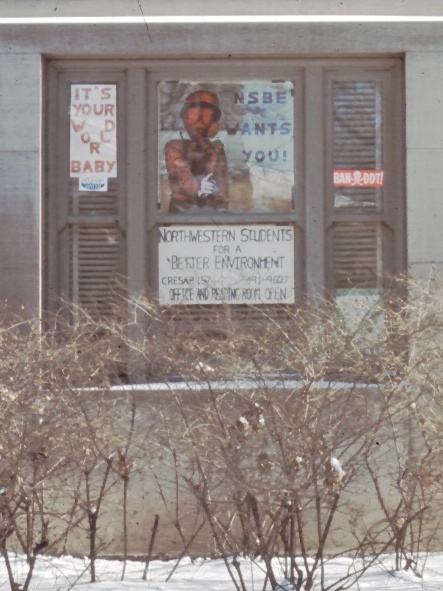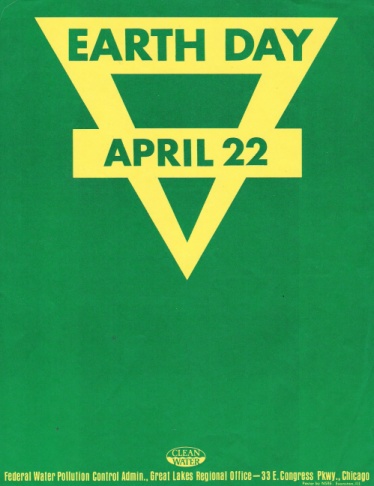Project Survival... (continued)
... and seven thousand and two hundred donuts were consumed. After a midnight concert with Tom Paxton (his song "Whose Garden is This?" was written for this event, and became the Earth Day anthem), attendees moved to lecture rooms for a series of rotating half-hour study sessions with titles such as, "Depletion of Natural Resources," "Legal Action against Polluters" and "Medical Problems of Air Pollution" that went on until 6 a.m. At dawn the three hundred people still standing joined in another sing-out to greet the new day.
Project Survival received broad national news coverage - Time Magazine, U.S. News and World Report, CBS, NBC, The Associated Press and United Press International and local agencies: The Chicago Tribune, The Sun-Times, Chicago Today, The Chicago Daily News, and the Milwaukee Journal in addition to local broadcast networks, both radio and television. "Up all night with a sick environment," declared the Milwaukee Journal the next day in its story on Project Survival.
(See the Northwestern University Library Archives' page on Project Survival for more on press reports and other material)

NSBE moved quickly from raising awareness to influencing policy. What made NSBE unique from many student groups of this era was their policy of activism coupled with scientific research. (They were sometimes criticized for being too academic for the activists and too activist for the academics.) Their efforts targeted specific pollution issues, such as tracking the amount of phosphates in detergents, consulting experts in formulating position papers and then working through industry, government and public awareness to effect change. In less than a year from their campaign against phosphates, federal legislation was passed limiting the amount of phosphates in detergents. The leaders of NSBE were in high demand as speakers - they gave over a hundred speeches and presentations within that first year.
The reach of this group is still being felt today, in State and National policies regulating toxic emissions in our water, air and land. The Project Survival alumni, particularly the core group of organizers, continue to make a positive impact on the environment through their careers.
The design on the flyers for Project Survival - an inverted triangle with a cross bar - is the alchemist's symbol for earth. And it was true alchemy - the process of transmuting common elements into a substance of great value - this unique moment in time, combined with a handful of bright and committed Northwestern students who acted on their convictions.
The first National Earth Day would follow three months later.

